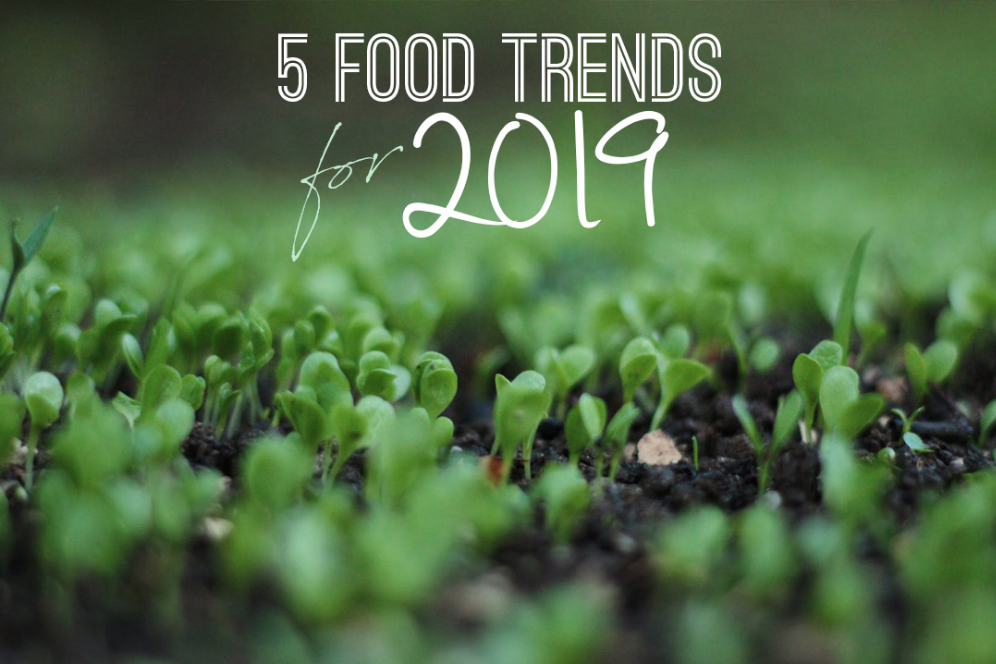Restaurant trends shift all the time. Even though trends receive a lot of coverage when they’re hot, some trends can be adopted for long-term gain.
Each year, consumers crave new things. These shifts often revolve around growing demographics and the implementation of new technology. For instance, the demand for healthy food has never been higher. Customers are demanding more “health-oriented” food that is fresh, additive-free, and organic.
Transparency, sustainability, and locality are taking over the industry. Here are 5 restaurant trends that may develop into long-term opportunities:
Reducing Waste
Restaurateurs are constantly fighting the battle of food waste.
More and more chefs are getting creative with how to reuse their food to become a more sustainable restaurant. Unsightly vegetables, overripe fruits, or less-than-perfect herbs can be used to compose a beautiful meal. The overall goal is to minimize food waste and redirect it into our bellies!
Zero Sugar
Before there was low-fat, there was sugar-free.
The movement to get rid of sugar is increasing each year. Over 65% of consumers reported they want to cut back on or eliminate it, per The NPD Group.
High amounts of sugar are found in processed foods. Because consumers are shifting away from these types of foods, it’s time for restaurants to take notice. This is especially true since studies have shown that a high intake of sugar can increase a person’s risk of cancer and directly affects one’s metabolism. Likewise, reducing sugar in certain menu items can help restaurant sales (assuming you notify customers of the benefit).
Locally Sourced
Eating food that is “local” has been on-the-move for years, but restaurants have been slow to adopt and adapt.
Customers expect restaurants to include even more local items on their menus these days. Local honey, local meat, local vegetables, local fruit… you name it. Customers are looking for restaurants to support businesses that are artisan or family-owned and located within 100 miles.
Furthermore, farmers are beginning to enter the industry to tap into this need. It was reported that the number of farmers under 35 is increasing, only the second time that’s happened since 1900. Of these new farmers, 69% have college degrees. The combination of education and youth means that “(Farm-to-counter) is not a passing fad. According to the National Restaurant Association, “it’s only going to get stronger.”
Transparency
Customers now want the truth and nothing but the truth about the food they eat.
Where is the food sourced from? What ingredients can be found in the dish? How was the meal prepared? People increasingly want answers to these types of questions.
A restaurant will benefit from opening the curtain and showing what happens behind the scenes. Restaurants should provide menus that are transparent. Customers appreciate the openness and efforts behind the food they’re eating. This extra trust creates better loyalty with your restaurant, compared to others who aren’t as forthcoming. Therefore, transparency is a restaurant trend that should never be categorized as a fad.
Technology + Big Data
Every time you enter a restaurant, there’s no doubt you notice a subtle change. Is it the food? The people? The environment? Possibly, but odds are the restaurant has adopted new technology.
Now, you can order online, choose what wine you want from an iPad, and schedule a reservation from your phone. With new initiatives coming every year, big data will continue to be used to a restaurant’s advantage. It helps improve efficiencies, operations, sales, and the customer experience. Restaurants shouldn’t treat technology or big data as a fad.

